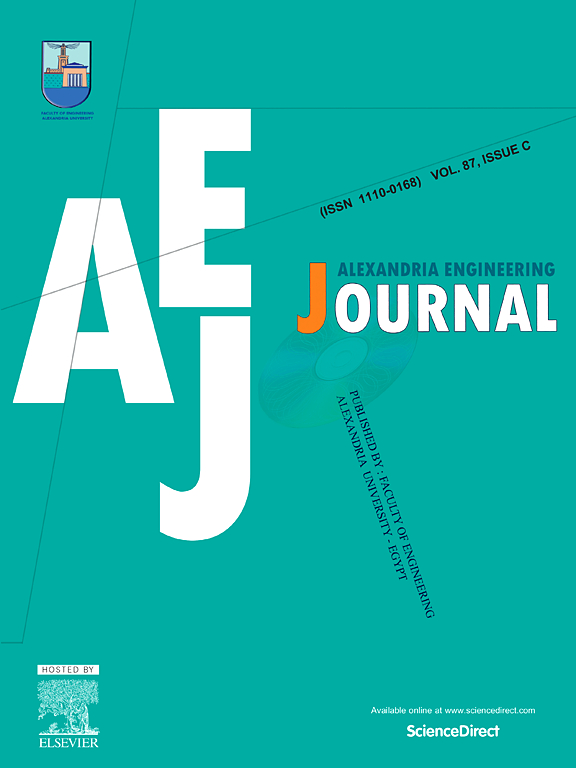高级 R-GAN:利用正则化生成对抗网络生成异常数据,以改进不平衡数据集的检测工作
IF 6.2
2区 工程技术
Q1 ENGINEERING, MULTIDISCIPLINARY
引用次数: 0
摘要
当代金融交易中欺诈行为十分普遍,因此需要先进的异常检测系统来解决实时数据集中合法交易与异常交易之间严重失衡的问题。为解决这一问题,我们的研究引入了一种新方法--正则化生成对抗网络(R-GAN)。有别于传统的重采样技术和典型的生成式对抗网络(GAN)架构,R-GAN 为 STGAN(GAN 光谱归一化的缩写)生成器框架加入了光谱归一化技术,利用相似性度量损失对其进行增强,以提高生成数据的真实性。鉴别器经过精心设计,利用 CELU(连续可微分指数线性单元的缩写)激活来优化特征提取,确保生成的样本具有多样性和代表性。为了确保公平性并验证数据生成过程的有效性,我们使用 PyCaret 的自动机器学习框架对不同的机器学习模型进行了严格测试,最终确定光梯度提升机器是最有效的。为了增加系统的透明度,我们采用了夏普利加法解释(SHAP),让人们清楚地了解我们的可解释人工智能驱动模型所做的决策。这种方法可确保在实时环境中进行高保真异常检测,并通过 SHAP 见解不断改进,从而显著解决各种应用中的不平衡数据集问题。本文章由计算机程序翻译,如有差异,请以英文原文为准。
Advanced R-GAN: Generating anomaly data for improved detection in imbalanced datasets using regularized generative adversarial networks
The high prevalence of fraud in contemporary financial transactions necessitates advanced anomaly detection systems to address the significant imbalance between legitimate and anomalous transactions in real-time datasets. To address this issue, our study introduces a novel approach, the regularized generative adversarial network (R-GAN). Diverging from conventional resampling techniques and typical generative adversarial network (GAN) architectures, R-GAN incorporates spectral normalization for the STGAN (short for spectral normalization for GAN) generator framework, which enhances it with a similarity measure loss to improve the authenticity of the generated data. The discriminator is meticulously designed, leveraging the CELU (short for continuously differentiable exponential linear unit) activation for optimal feature extraction, ensuring diverse and representative sample generation. To ensure fairness and validate the effectiveness of our data generation process, we used PyCaret's automated machine learning framework to rigorously test different machine learning models, ultimately identifying the light gradient boosting machine as the most effective. To add transparency to our system, we applied Shapley additive explanations (SHAP), providing clear insights into the decisions made by our explainable artificial intelligence-driven model. This approach ensures high-fidelity anomaly detection in real-time environments and continuously refines through SHAP insights, significantly addressing imbalanced datasets across various applications.
求助全文
通过发布文献求助,成功后即可免费获取论文全文。
去求助
来源期刊

alexandria engineering journal
Engineering-General Engineering
CiteScore
11.20
自引率
4.40%
发文量
1015
审稿时长
43 days
期刊介绍:
Alexandria Engineering Journal is an international journal devoted to publishing high quality papers in the field of engineering and applied science. Alexandria Engineering Journal is cited in the Engineering Information Services (EIS) and the Chemical Abstracts (CA). The papers published in Alexandria Engineering Journal are grouped into five sections, according to the following classification:
• Mechanical, Production, Marine and Textile Engineering
• Electrical Engineering, Computer Science and Nuclear Engineering
• Civil and Architecture Engineering
• Chemical Engineering and Applied Sciences
• Environmental Engineering
 求助内容:
求助内容: 应助结果提醒方式:
应助结果提醒方式:


